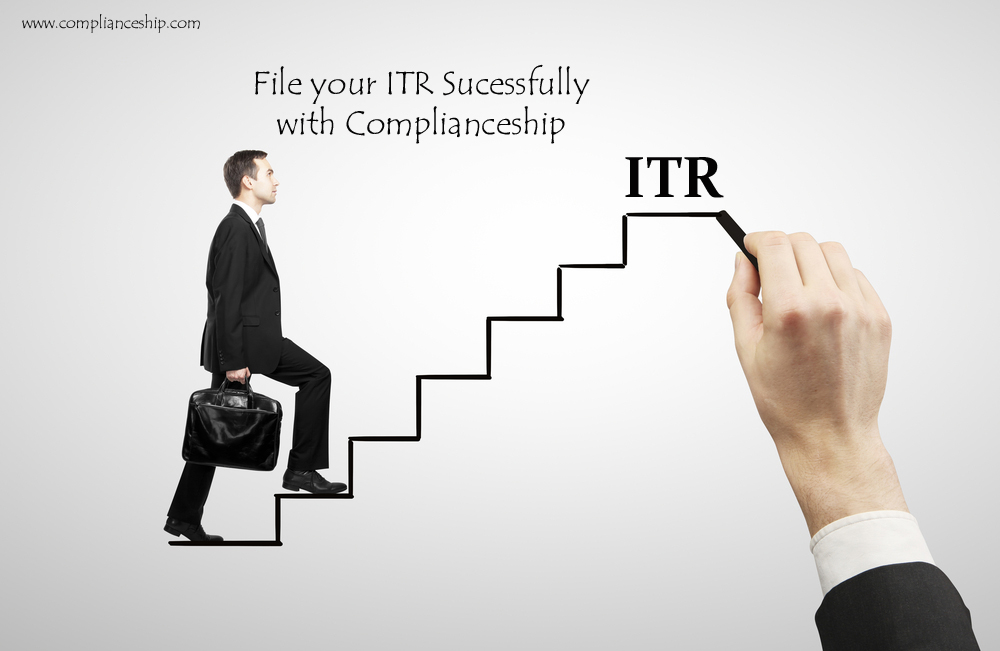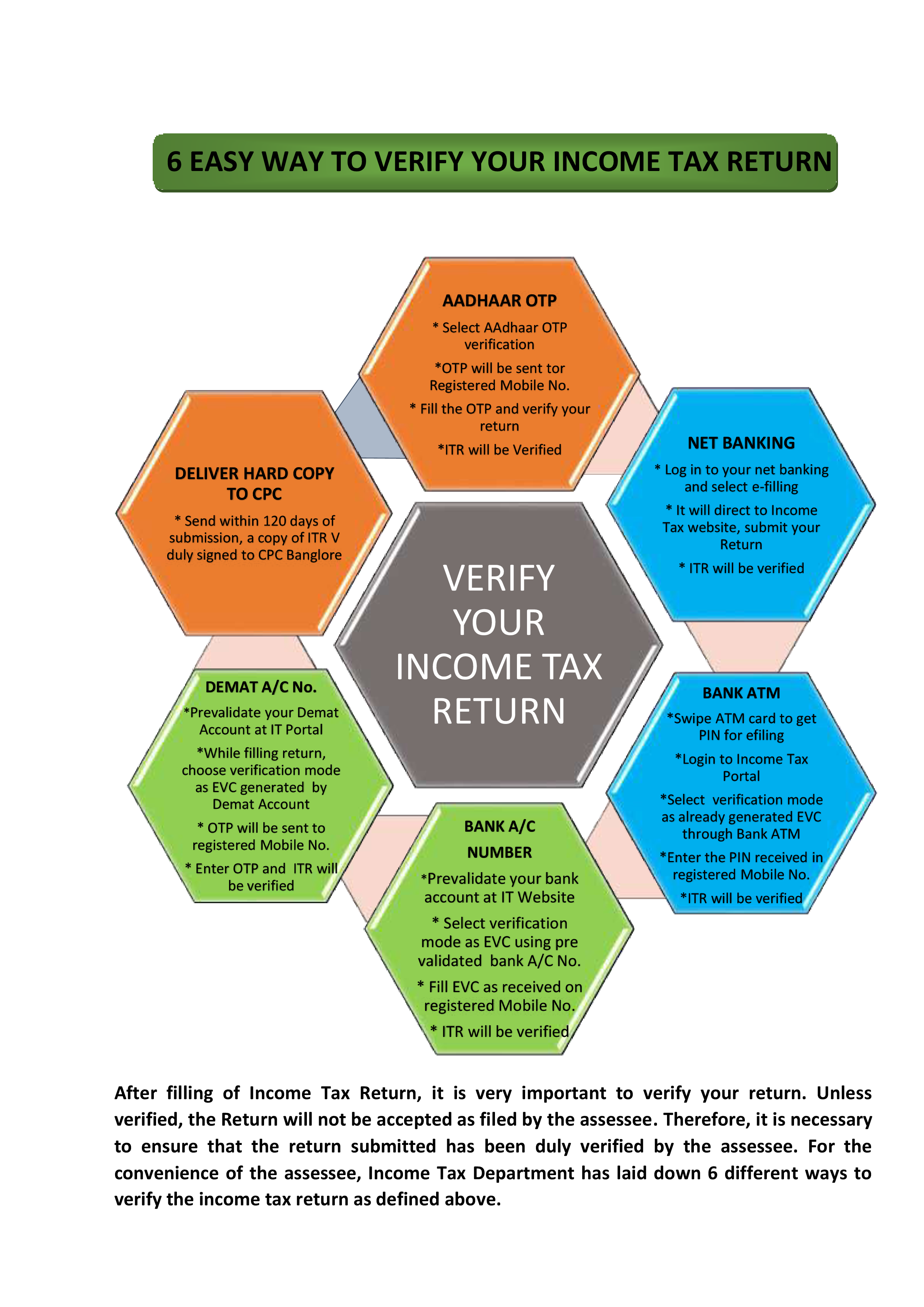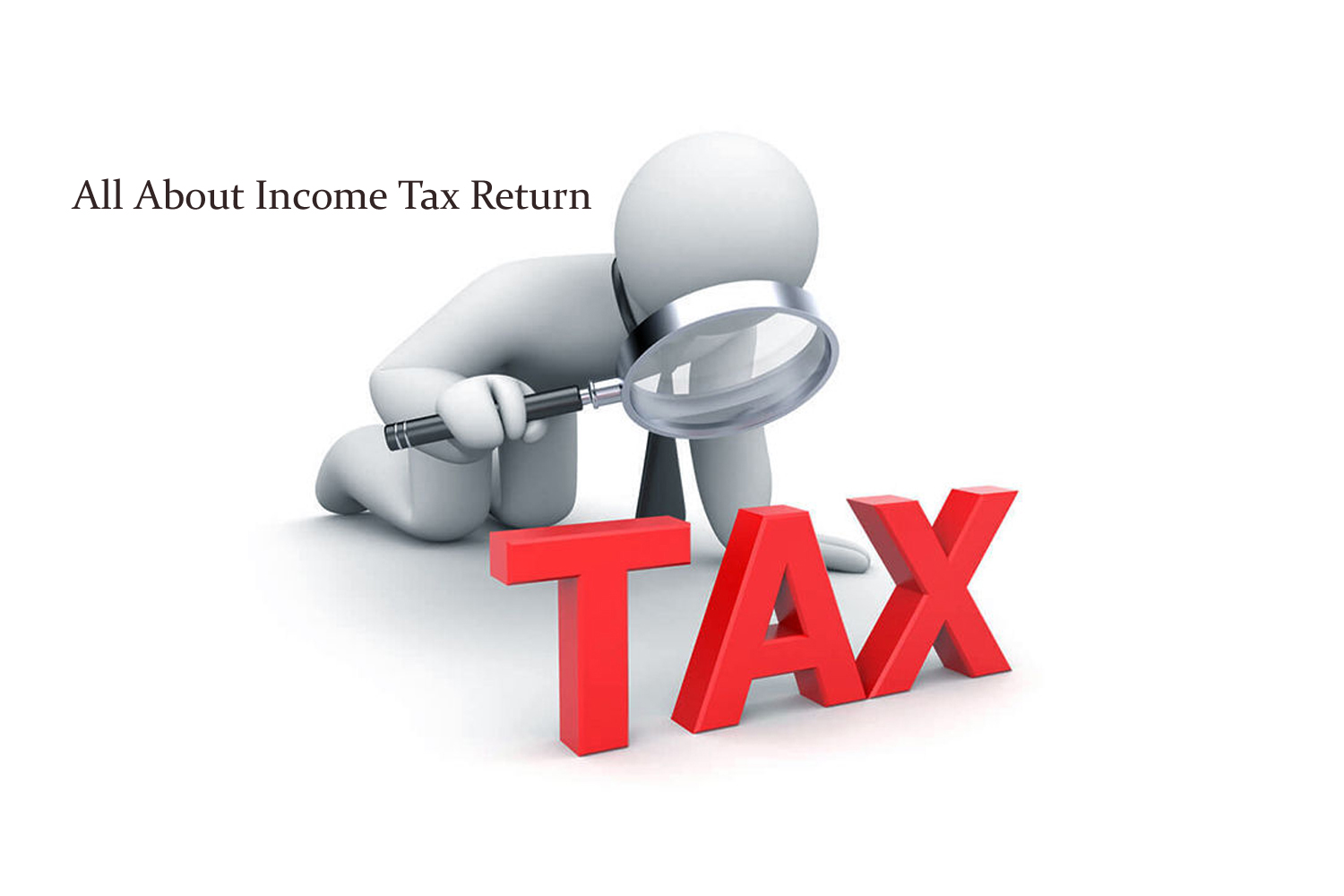A Comprehensive Guide to Filing Your Income Tax Return in 2024
Filing your income tax return (ITR) can seem daunting, but it’s a vital task for ensuring your financial health and compliance with Indian law. Whether you are a salaried employee, a freelancer, or a business owner, understanding the process and doing it correctly is crucial. Here's a detailed, step-by-step guide to help you file your income tax return in India in 2024. Step 1: Understand Your Income Sources The first step in filing your ITR is to identify all your income sources. Indian tax laws classify income into five main heads: Salary Income: This includes your basic salary, allowances and any other perks from your employer. Income from House Property: Earnings from renting out property or housing loans. Profits and Gains from Business or Profession: If you’re self-employed, a freelancer, or run a business. Capital Gains: Profits from selling assets like stocks, mutual funds, or real estate. Income from Other Sources: Includes interest from savings accounts, fixed deposits, dividends, etc. Taking the time to correctly identify and classify your income can make the entire filing process easier. Step 2: Gather Essential Documents Having all the necessary documents handy before you start will save time and prevent errors. Here are the key documents you’ll need: Form 16: This form, provided by your employer, details your salary and the tax deducted at source (TDS). Form 16A/16B/16C: TDS certificates for income other than salary. Form 26AS: An annual tax statement that consolidates all tax-related information. Bank Statements: To track your interest income and other transactions. Investment Proofs: Documents related to tax-saving investments (like PPF, NSC, ELSS). Loan Statements: For claiming deductions on home loan interest and principal repayment. Capital Gains Statements: For calculating capital gains tax. Other Relevant Documents: Any other documents supporting your income or deductions. Step 3: Choose the Right ITR Form Selecting the appropriate ITR form is crucial. The form you choose depends on your income sources and taxpayer category: ITR-1 (Sahaj): For individuals with income up to ₹50 lakh from salary, one house property, and other sources. ITR-2: For individuals and HUFs (Hindu Undivided Families) who do not have income from business or profession. ITR-3: For individuals and HUFs with income from a proprietary business or profession. ITR-4 (Sugam): For individuals, HUFs and firms (other than LLP) opting for the presumptive income scheme. ITR-5: For partnership firms, LLPs, associations of persons (AOP) and bodies of individuals (BOI). ITR-6: For companies other than those claiming exemption under Section 11. ITR-7: For persons including companies required to furnish returns under specific sections like charitable trusts. Step 4: Register/Login to the Income Tax e-Filing Portal Visit the Income Tax Department’s e-filing portal (https://www.incometax.gov.in/iec/foportal) and either register if you’re a new user or login if you already have an account. Ensure your profile is up-to-date with the correct email address and mobile number for communication. Step 5: Download Form 26AS Form 26AS is your consolidated tax statement. It includes details of all taxes deposited against your PAN. Verify it carefully to ensure all [...]









